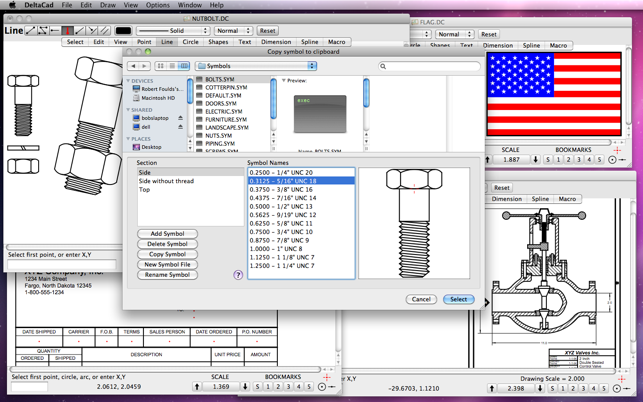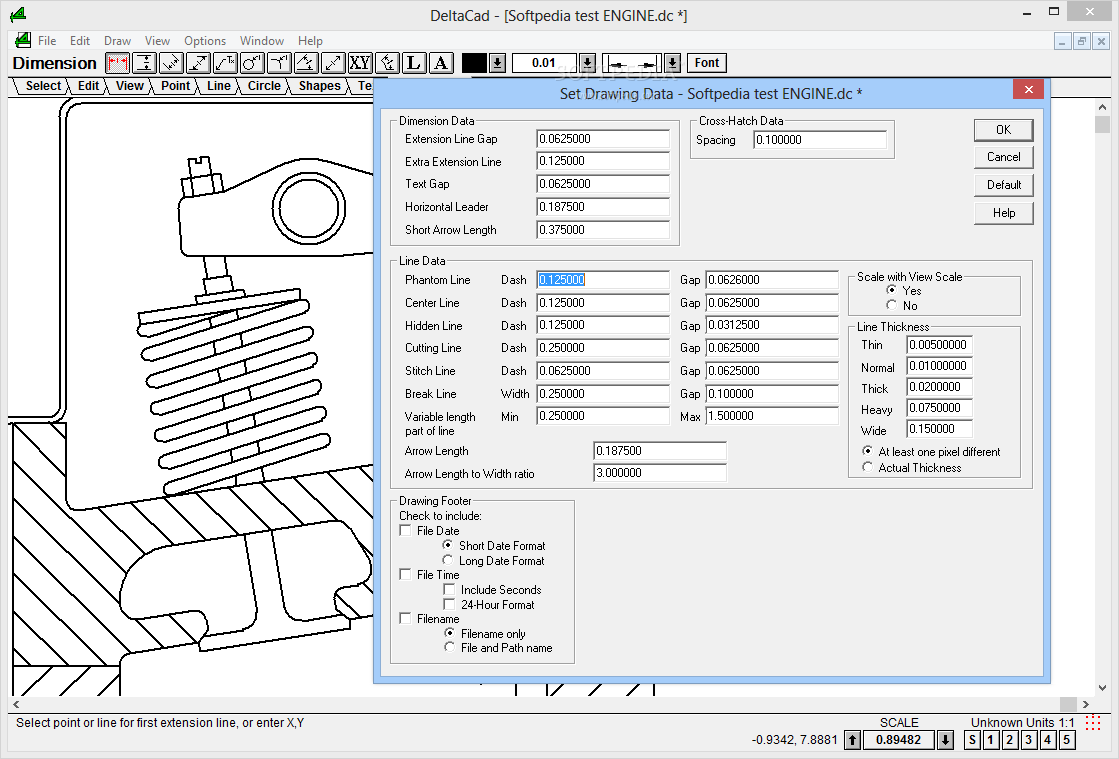
If you wondering it took three solids weeks to write this macro from scratch!

don't have anything on the border).Ĭypress Enable is pretty slow, a lot of time was spent making the code efficient (all algorithms are linear or nLogn). Note: All outlines are closed, to do this a one pixel border has been imposed/cleared (i.e. If black outline may appears then number of segments is too high (>3072) for a shape.

The macro uses shapes (Blue for clockwise (or an outside edge) and Red for anti-clockwise (or an inside edge)). 6.2 Press Okay7 Depending on the PCB complexity after a few minutes the macro will update the screen with the result. 5.2 Press Okay6 Depending on the BMP file size, after a few seconds another menu will appear: 6.1 Select your options (note: the pixel spacing is in mm per pixel and is used to scale the output to DeltaCad). (the macro file manager will allow you to navigate anywhere to find your BMP)4 Run the macro (mine is call BMP2DC.BAS).5 The BMP File Viewer will appear: 5.1 Select a BMP file (a preview will appear).
#Deltacad updates how to
Okay, how to use: 1 Convert your PCB image into a 24 bit uncompressed BMP.2 Try an get it as Black and White as possible using an image processing software.3 Put the macro in a directory (where you can find it). Really, writing the macro was just for fun! Why not use an online 'Image to Vector' program? it does not remove all the copper) so its called an "Isolation". As it only traces the outline of the PCB tracks (i.e. Basically its macro that converts a printed circuit board (PCB) image into outlines that can be used by a CNC machine to make a copy of the board.


 0 kommentar(er)
0 kommentar(er)
